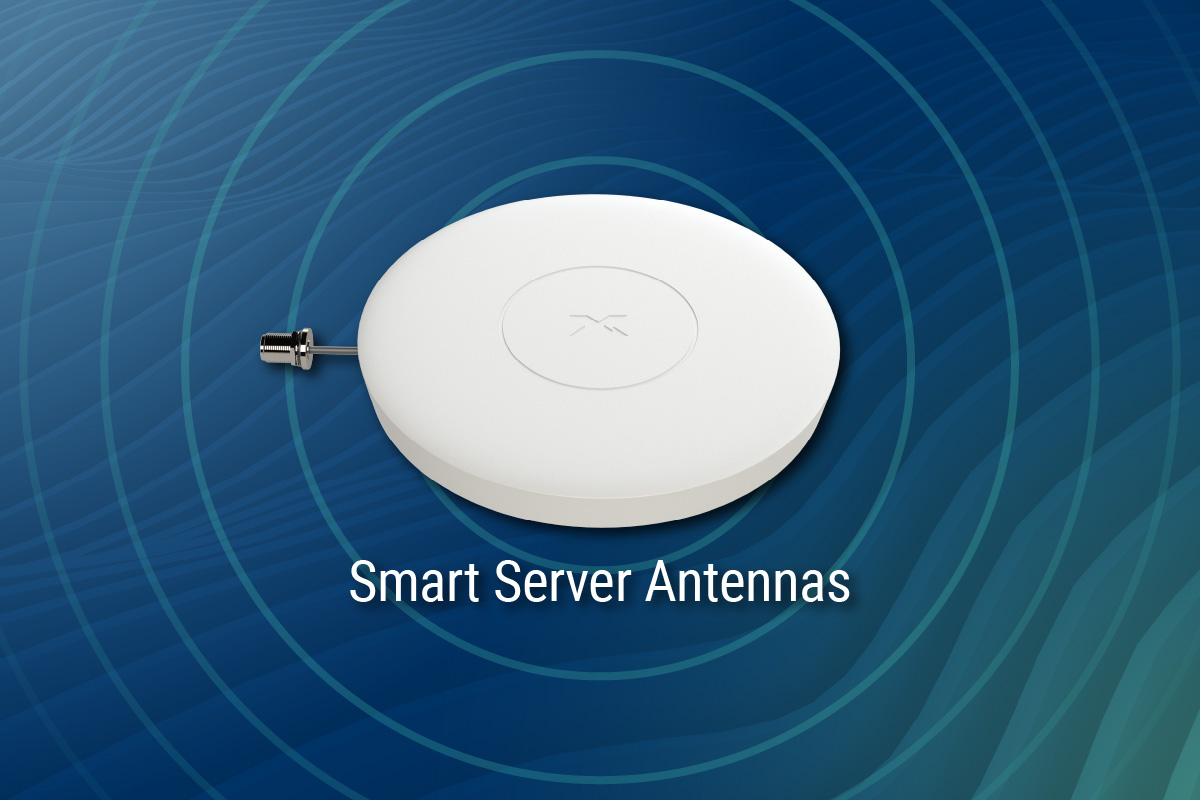A donor antenna is one that receives a signal from a carrier’s radio tower (the donor). It delivers this signal to in-building cellular solutions, and can be mounted externally or internally. Typically a trained professional will complete the installation, but new technology like CEL-FI’s Antenna Positioning tool has made installation possible by IT staff members.
One of the key things you need to know before you start setting up a donor antenna is the difference between an omni-directional antenna and a directional antenna.
Omni-directional antennas are used in areas where a donor signal is needed from multiple operator base stations within a 360-radius. However, the gain is lower and these antennas don’t fix intercell-interference issues.
A directional antenna gives you higher gain (which ensures a better quality signal) and reduces intercell interference since it only draws the donor signal from the base station it’s pointed at. That’s why it’s the antenna of choice for any CEL-FI smart signal booster. But you have to make sure you point it in the right direction to get the best results.
While we’ve only just scratched the surface of what donor antennas are all about, there are plenty of other elements that go into the decision making process when it comes time to setting up a donor antenna.
To give you some depth on this topic, we’ve produced an easy-to-follow white paper that outlines everything you need to know about donor antenna selection and installation, and why that matters for in-building coverage.



